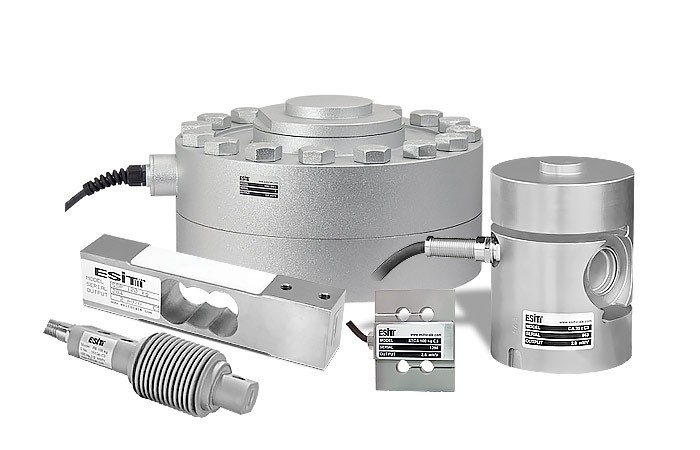
ESIT HSC-100 100Ton. COMPRESION TYPE LOAD CELL
The HSC shear beam load cell has been developed for use in high capacity, compression type electronic weight and force measurement applications in industrial environments. The precise and rugged HSC load cell offers high resistance to side forces and overload conditions.
The HSC load cells are suitable for severe industrial conditions and they find application in high capacity vehicle scales, railway scales, tank weighing systems and process weighing applications. With its steel alloy construction coated with corrosion-retardant paint as well as its strain gauge area welded with a stainless steel cover, HSC is protected to IP68 standards meaning that they are fully immersible.





